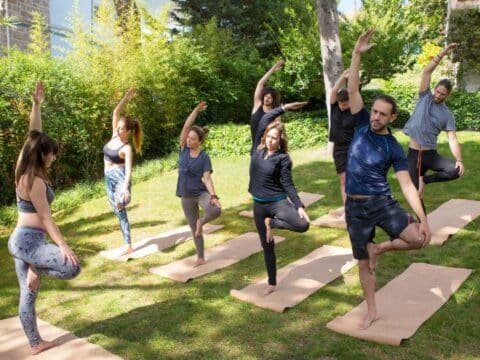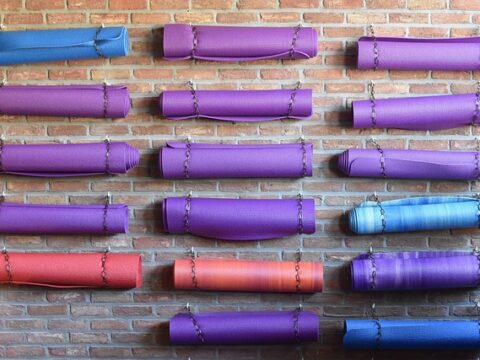If you want your life to start improving, begin practicing gratitude. It will have a number of benefits for you, including making you happier and your relationships stronger.
Something as simple as being grateful for the bus coming on time or a stranger holding the door open for you can really make a difference. The more you focus on things you’re grateful for, the more you’ll have to be grateful for.
Gratitude has been around for hundreds of years. However, it seems that not everyone is as grateful as they should be. We’re going to take a look at five ways to cultivate gratitude, and why it’s important to develop a strong sense of gratitude.
But first, we need to define what gratitude means.
Video – Gretitude The Power of Appreciation
Podcast
What Is Gratitude?
Gratitude is a state of mind that feels like appreciation. This appreciation shows up in the form of happiness, joy and kindness.
The dictionary defines gratitude as “a feeling of appreciation, recognition or admiration towards someone or something.”
This means that gratitude is a feeling that occurs when we’re appreciative of someone or something. It is an emotion that can be cultivated.
Many people believe that cultivating gratitude means thinking about what you have and focusing on how much you appreciate it. However, this is not the case.
Gratitude can be practiced in many different ways.
Two Stages of Gratitude
There are many benefits to being grateful. Not only does it improve our health, it helps us build positive relationships. It makes us happier, more creative, and more productive.
But while gratitude has been proven to be beneficial to our lives, it also has its own stages. So what are those two stages? And what are their benefits? Let’s look at that now.
Gratitude Stages
First of all, there are two stages of gratitude. And it’s important to recognize them. We can become complacent in our gratitude, and we can ignore the lessons that we learn through it.

Gratitude Stage 1: The State of Being
This is the first stage of gratitude. And in this stage, we focus on the things that we have received from other people.
For example, if you are sitting in a beautiful park, you might be thankful for that. Or you might be thankful that you have food to eat.
You might even notice how pretty everything around you is. But if you stop and think about it, you probably already realize that you are in a better place than you would be if you had nothing.
And when you start to think like that, you will be in a better state of mind. Because you will start to see that you have so much to be thankful for.
Gratitude Stage 2: The State of Action
This is the second stage of gratitude. And in this stage, we focus on the things that we can do for others.
And because we are grateful for what we have, we will be in a position to give something back. And that is a powerful lesson to teach ourselves.
This means that if we are grateful for all that we have, we will be in a better place to give back to others.
But there is something else that is very important here. And that is that our gratitude doesn’t just have to be for other people.
It can be for anything. Because we are grateful for everything that we have, no matter what it is.
The important thing is to start with the end in mind. And to make sure that we appreciate everything that we have.
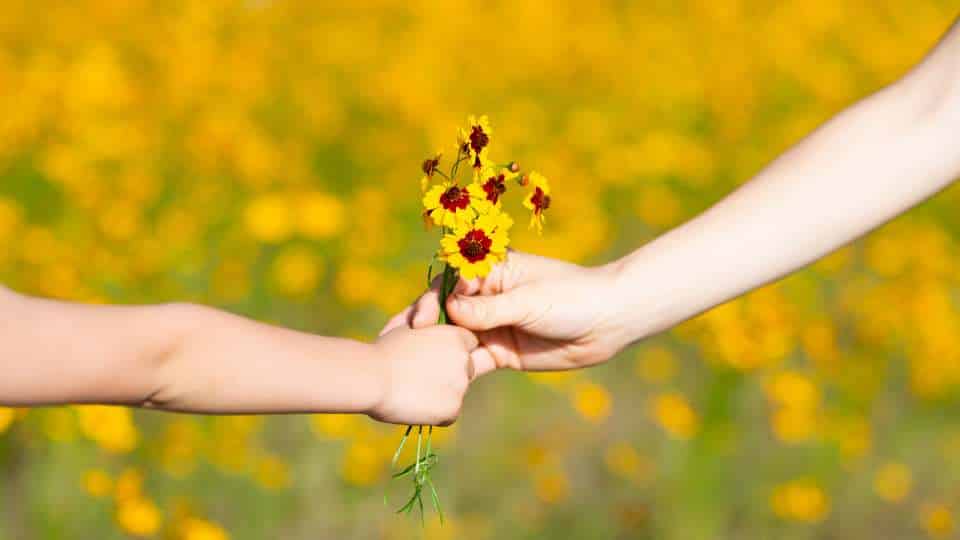
How Do I Practice Gratitude?
From the University of California, Robert Emmons, psychology professor and gratitude researcher, explains that there are two key components of practicing gratitude:
- We affirm the good things we’ve received
- We acknowledge the role other people play in providing our lives with goodness
Mentioning the things you’re grateful for and expressing thanks to the people who help you has been linked with a lot of benefits. Some of these benefits include feeling more optimistic, happier, less alone, and having a stronger immune system.
Start reaping the benefits of a gratitude practice.
4 Ways to practice gratitude
Share your gratitude for your loved ones
The majority of us are inclined to take our family and friends for granted. If you take notice of a considerate gesture your loved one does, why not express your thanks by saying ‘thank you’, or giving them a hug?
We should show our appreciation and not let these thoughtful acts go unnoticed. Developing the habit of expressing gratitude to those we love can improve our relationships with others.
Open your mind and look what’s around you
If you are mindful, you are aware of the present moment. If you are grateful, you appreciate the good things in your life.
The more mindful you are, the more likely you are to notice the good things around you and feel gratitude, which can lead to happiness.
Being mindful of your surroundings and the people in your life allows you to appreciate the help you receive, the beauty of nature, and the chance to make a living.
Appreciate the little things
It can be easy to forget the things we should be grateful for on a day-to-day basis. Something as simple as being able to enjoy a meal or sleep comfortably at night are things we often take for granted.
Practicing mindfulness and gratitude can help us to remember to appreciate the smaller things in life.
Spread gratitude via your social media platforms
Sharing your gratitude on social media can help create a more positive online atmosphere. You can spread good by sharing uplifting moments or lessons you’ve learned. By doing this, you remind others that there is still much to be grateful for.
It is possible to train our minds to be more grateful if we are mindful of our thoughts, actions, and surroundings. By expanding our circle of appreciation, we can remind ourselves more often to be grateful for the things we have. Please share your ideas for how to be more grateful.
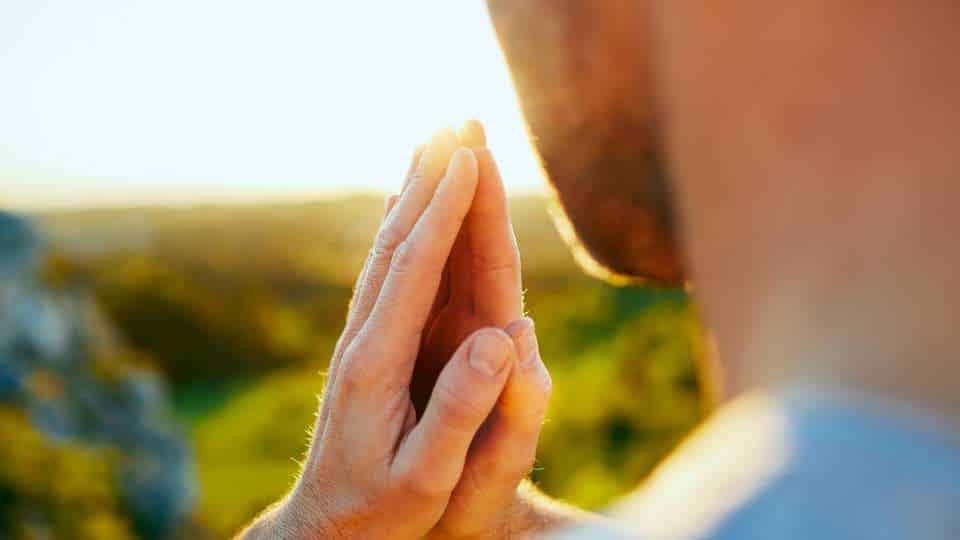
The Effects of Gratitude
It’s an emotion that arises when you give or receive something that you appreciate. When you feel grateful, you feel happier because you realize that you have more than enough in your life. Gratitude is a positive emotion, and it helps us to realize that we have everything that we need.
The idea of gratitude has many effects. People who are more grateful are more optimistic and better at taking care of themselves. They are less likely to develop mental and physical illnesses.
But gratitude can be more than just a feeling. When you truly appreciate what you have, you can become more appreciative and grateful.
It’s also a way to live more consciously. When you think about the things that you have, you can be more aware of the blessings in your life.
Think about how lucky you are. Imagine what would happen if you lost your job tomorrow. How would you survive? How would you pay the bills?
What would you do if you weren’t able to provide for yourself anymore? When you start thinking about these situations, you might realize how much you have to be thankful for.
Social Effects of Gratitude
If the beneficial effects of gratitude can persist and even multiply, this positive cycle can have a ripple effect throughout the community. The positive effects of gratitude can have a ripple effect on a community.
The grateful person may not directly reciprocate, but may instead lend a favor to a third party. The positive cycle can then continue, with the recipient sometimes giving back to the original person.
The results of this research support Fredrickson’s theory that expanding social networks leads to better social support.
Effectively gratitude can help individuals work towards goals and challenges, and overall, simply have stronger coping skills for life’s hardships.

Gratitude in Relationships
The researchers found that people who feel more gratitude towards their partner also feel more indebted to them. On the other hand, people who feel more indebted to their partner feel less gratitude towards them.
In a romantic relationship, both partners take actions with the intention of making the other person happy.
This can create positive emotions such as gratitude and debt. Algoe et al. (2010) looked into these two emotions as an emotional response to an intentional kindness.
The researchers found that people who feel more gratitude towards their partner also feel more indebted to them. On the other hand, people who feel more indebted to their partner feel less gratitude towards them.
Gratitude and indebtedness lead to a motivation to repay the received benefit, whether it be internal or external motivation.
Thoughtful Actions
The study found that participants who thoughtfully engaged in selfless acts for their partner experienced an increase in relationship wellbeing.
Algoe et al. (2010) found that couples who thoughtfully engaged in selfless acts for their partner experienced an increase in relationship wellbeing.
They asked 67 couples to keep a diary for 2 weeks, and had them record their own and their partner’s thoughtful actions, emotions, and relationship wellbeing.
The researchers looked at whether the participants’ partners noticed and responded to the participants’ thoughtful actions.
Algoe et al.’s (2010) findings showed that people didn’t always act in a reciprocal manner when they were in debt, but they did act in a grateful manner.
When you express gratitude to your partner, it not only makes them feel good, but also improves your relationship.
Gratitude Intervention
Couples who want to improve their relationship can benefit from “homework” such as writing about their relationship and paying attention to moments of gratitude.
As couples, we need to recognize and appreciate the things that we have that bring us joy. And we don’t need to go too far or spend too much money to make our lives better.
There are many simple things that we can do to start finding more gratitude in our lives.
Take Time to Be Thankful Every Day
While it may seem like a lot of work, taking 15 minutes to make a list of things that you are grateful for can make a huge difference in your life.
This can be done at any time, whether it be before you go to sleep at night, while you’re doing your morning routine, or while you’re doing your morning meditation.
And if you want to expand on your gratitude, you can make a gratitude journal where you record your thoughts on what you are thankful for.
But as humans, we need to recognize and appreciate the things that we have that bring us joy.
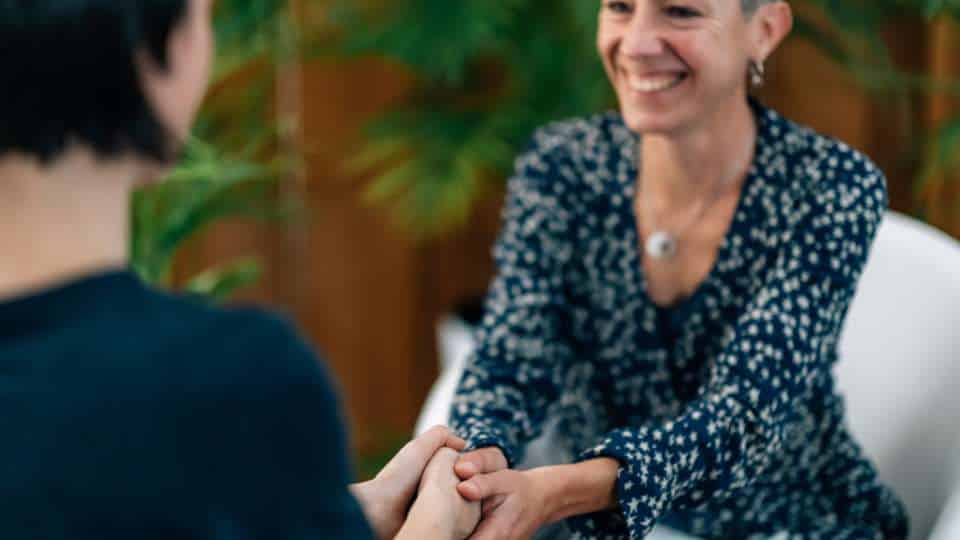
How to apply it?
Tonight, and every night before you go to sleep, think about the positive things that happened during the day. This will only take a moment, but it could have a profound impact on your outlook. You might also want to consider keeping a gratitude journal.
If you are struggling with depression or anxiety, you can start your day by thinking of three things that you are grateful for. Even on a difficult day, make yourself do this.
Before bed, ask your children to think of something they’re grateful for. Share what you’re grateful for to set a good example and show your children how important this practice is.
If you feel like you neglected to thank someone important in your life, write them a letter explaining your gratitude. If possible, deliver the letter in person to have the most impact.
Although they may seem like small deeds, all of these actions help to shape a culture of gratitude. If you want to learn more about this topic, we have a video here from Emmons on “Cultivating Gratitude.”
Conclusion
According to modern psychology, gratitude is a beneficial social emotion for both religious and non-religious people.
The goal of positive psychology is to increase wellbeing, and gratitude is one of the tools they use to achieve this. The benefits of gratitude are not tied to any sort of mental illness or religion, but are instead linked to a desire to create healthy and thriving people and societies.
Whatever the way, practicing gratitude has been shown to have an impact on overall well-being.
There are many ways to show gratitude, as explained before. Maybe it is through a gratitude journal, or maybe it is through being kind to a stranger because someone did that for you.
Whatever the way, practicing gratitude has been known to positively affect overall wellbeing.


